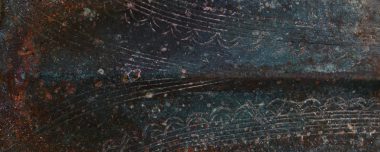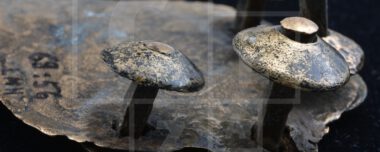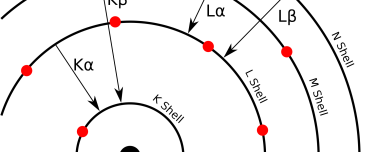The Sögel project: Origin, development and technology of Bronze Age blades from the “Sögel-Wohlde-District” is an ongoing research project carried out by the Curt-Engelhorn-Zentrum Archäometrie gGmbH (CEZA) and funded by the German Research Foundation (DFG, Deutsche Forschungsgemeinschaft).
The project investigates the origin and relationships of the earliest Bronze Age sword blades of the Sögel and Wohlde types in Northern Germany, the Netherlands and Scandinavia. These bronze blades suddenly appear in Northern Europe in the earliest phase of the Nordic Bronze Age (Period Ib, 1600–1500 BC) together with derivates of the types Baven and Harburg. During this time, weapons such as swords with organic handles and spears were introduced. Because there was no pronounced metal or bronze tradition in this region, and because the blades have no local precursors in metal, they are often seen as imports from distant regions in Europe (Central and South-Eastern Europe) where metallurgy was more developed. However, there are also theories that favour an indigenous invention of the blades in the Nordic Bronze Age itself. Hence, as such their exact origins are still debated as well as their potential archetypes.
These blades mark the beginning of a flourishing metallurgical tradition in Northern Europe, which depended entirely on large amounts of metal being imported as the copper deposits in Northern Europe were not exploited at that time. As a result, the Nordic Bronze Age was quickly developing from Neolithic Stone Age societies using flint and stone to prosperous transregional-acting societies using weapons, tools and jewellery made of bronze.
The interdisciplinary Sögel project attempts to shed new light on the origin and the development of the blades of the Sögel-Wohlde tradition by implementing a recently developed multi-parameter approach. Archaeological information such as typology and geographical distribution are supported by isotopic and chemical analysis to determine whether a typology of forms can be contrasted with a typology of materials. For the first time, lead (Pb), tin (Sn) and copper (Cu) isotope compositions will be determined on a large set of artefacts and be used to define groups of metals and reconstruct relationships between artefacts, potential production centres and identify imports from Central and South-Eastern Europe. Additionally, systematic relationships such as the correlation of chemical and isotopic data will help to identify potential mixing of metal sources, which in turn can be instrumental in determining direct relationships between artefacts beyond the scope of archaeological methods alone. This will result in a comprehensive exploration of the origin, development and technology of the Sögel-Wohlde blades.



